Timber is having a moment. Should it?
For Andrea Trimarchi and Simone Farresin, cofounders of design agency Studio Formafantasma, design is as much an investigative practice as it is an artistic discipline. And nowhere is this more evident than at their latest exhibition.
The show, called Cambio, recently reopened at London’s Serpentine Gallery after temporarily shutting down in March due to COVID-19. It’s is an expansive look at the timber industry and the hidden costs behind the wood we encounter in our daily lives, from housing to furniture. Through the exhibit, Trimarchi and Farresin hope to make the point that sustainable design has to take into account the full life cycle of a product—including where the material came from, and how it was extracted and produced, not just whether it looks green.
The timing couldn’t be more opportune. Timber is having a moment. There are timber skyscrapers, timber houses, and timber interiors, including everything from accent walls to kitchen cabinets to wooden bathmats. All of this adds up: The forest product industry accounts for $200 billion in sales a year in the U.S. alone, according to the U.S. Forest Service.
Wood is often touted for having a lower carbon footprint compared to non-renewable resources, like metal, rock, or brick. But the research Trimarchi and Farresin conducted suggests that much of the timber industry is poorly regulated, and timber products are treated as disposable, contributing to greenhouse gas emissions. This is backed up by the World Wildlife Fund, which says that the Earth’s natural forests can’t sustainably meet timber demand under current forest management regulations.

[Photo: Renee de Groot/courtesy Serpentine Galleries]
Serpentine Gallery commissioned Formafantasma to mount the exhibit two years ago, and over that period Trimarchi and Farresin consulted with experts across science, conservation, engineering, policy-making, and philosophy. They sifted through enough historical reference materials to make your head spin, including articles, books, and maps that span everything from the illegal timber trade in Brazil to the Atlantic mahogany trade to feminist ecological economics.
The Cliff’s Notes version of the timber supply chain, according to Farresin: Trees are either planted in a tree plantation or cut from a primary (untouched) forest. Then the trees are extracted by either selectively cutting by tree type, or clear cutting, where every tree is chopped down and replanted. These extraction processes are virtually impossible to regulate, according to Trimarchi and Farresin, because forests are managed nationally. That means Brazilian President Jair Bolsonaro can remove protections at unprecedented scale while other countries bolster them.
Often the only way to know if timber is sustainably sourced is if it has a Forest Stewardship Council (FSC) label—and while millions of products do, it’s unclear how that stacks up as a percentage of products overall. (The FSC labeling process has also been criticized for a lack of rigor.) That leads to the biggest problem in the supply chain today, according to Farresin. “What is legal in this moment is not necessarily what is sustainable,” he says. Consider the sad irony that Bolsinaro’s policies, destructive to the natural environment, are just fine in the eyes of the law. “So the next step is making sure what is legal is also more sustainable,” Farresin says. Sustainable logging, he suggests, should be made the law everywhere.
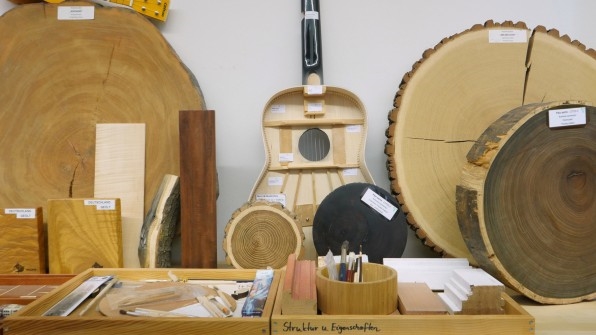
[Photo: Johanna Seelemann/courtesy Serpentine Galleries]
The other major problem with timber is how it’s used. Farresin is concerned by what he calls a “fragmentation of responsibilities” on the part of designers and retailers. “I think companies—especially ones that base their business on a resource—should be much more responsible in understanding that resource,” says Farresin. One way they can do that is to consider how long it took for a product’s raw materials to grow. “For wood products to be truly sustainable, they need to have a service life that is at least the same length of time that it took for the tree to grow,” the designers explain on the exhibition website.
Take Ikea furniture. It’s designed to be inexpensive and, in turn, people tend to think of it as more disposable than, say, grandma’s armoire. But if it takes longer for the tree to grow than for you to dispose of it, then the product is not sustainable. Yes, consumers can avoid unsustainable products by making informed purchases, but Trimarchi and Farresin say retailers need to be more aware of their product’s supply chain—and it should be more available. “When you buy something from the supermarket, you know where it comes from,” says Trimarchi. “This is something that should be implemented even more in design. There’s not so many questions on where your resources come from. And it’s problematic.”
Trimarchi and Farresin aren’t suggesting timber itself is inherently unsustainable (like, say, plastic). But they are saying that designers need to actively consider the supply chain of the resources they buy. They should know where timber comes from, how far it had to travel, and how it was extracted. And let’s add an extra layer of accountability here—users should know the same about their potential purchase.
I brought up Sidewalk Lab’s high-profile but now defunct timber waterfront community in Toronto, which Sidewalk Lab touted as a sustainable, smart city of the future. Farresin pointed out that the idea made sense, in theory, since architecture has a long service life. “We’re not saying the use of wood should not be encouraged,” he says, citing the fact that, unlike metal or marble, wood is not extracted from the earth, and it grows relatively quickly. What they are saying is that if the design industry is going to use timber even more, it needs to consider a tree’s life cycle even more; taking into account when trees reach maturity, and when, where, and how much we plant them in return. Farresin continues: “It means creating a different model for both the urban environment and countryside.”
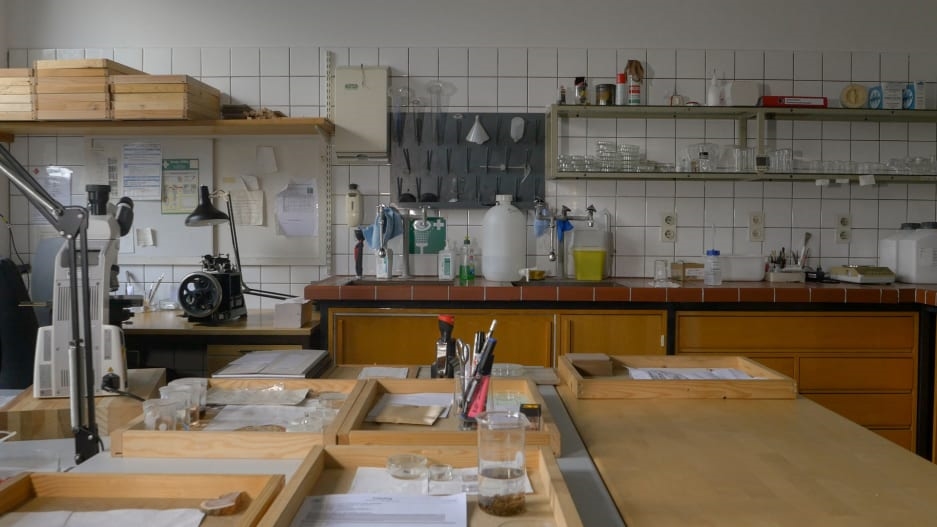
Formafantasma, Cambio – Serpentine Galleries, 2019. Thuenen Institute (Centre of Competence). Hamburg, Germany, 2019.
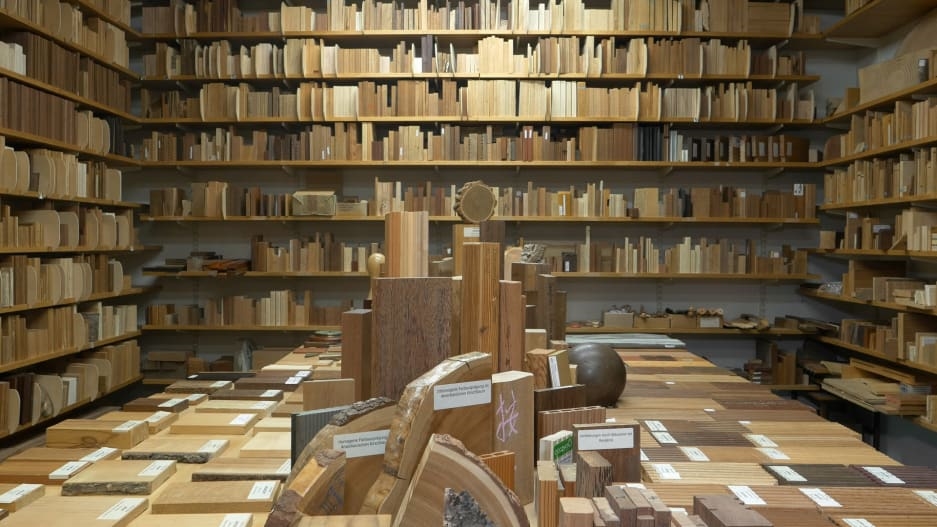
Formafantasma, Cambio – Serpentine Galleries, 2019. Thuenen Institute (Centre of Competence). Hamburg, Germany, 2019.
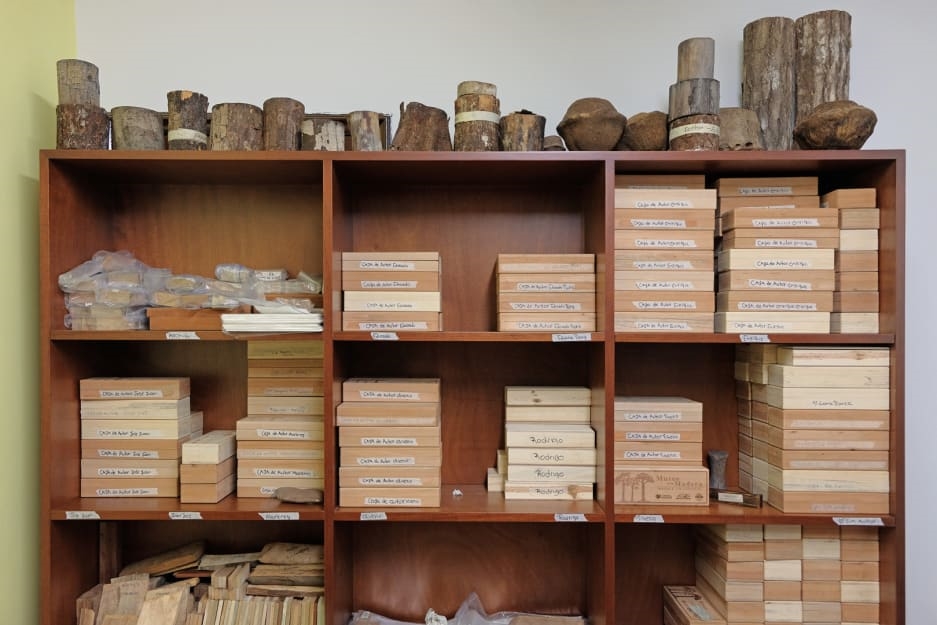
Formafantasma, Cambio – Serpentine Galleries, 2019. Tropenbos Colombia (Museo de la Madera). Bogota, Colombia. 2019.
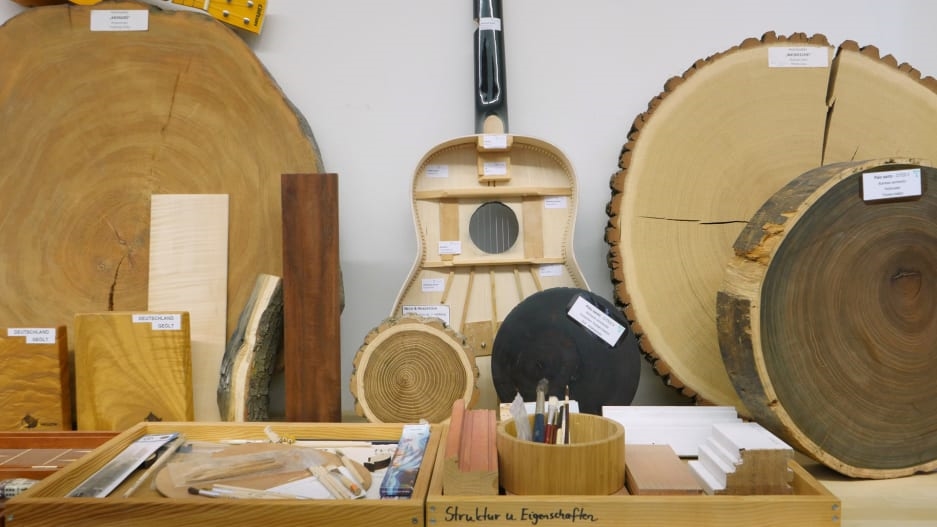
Formafantasma, Cambio – Serpentine Galleries, 2019. Thuenen Institute (Centre of Competence). Hamburg, Germany, 2019.
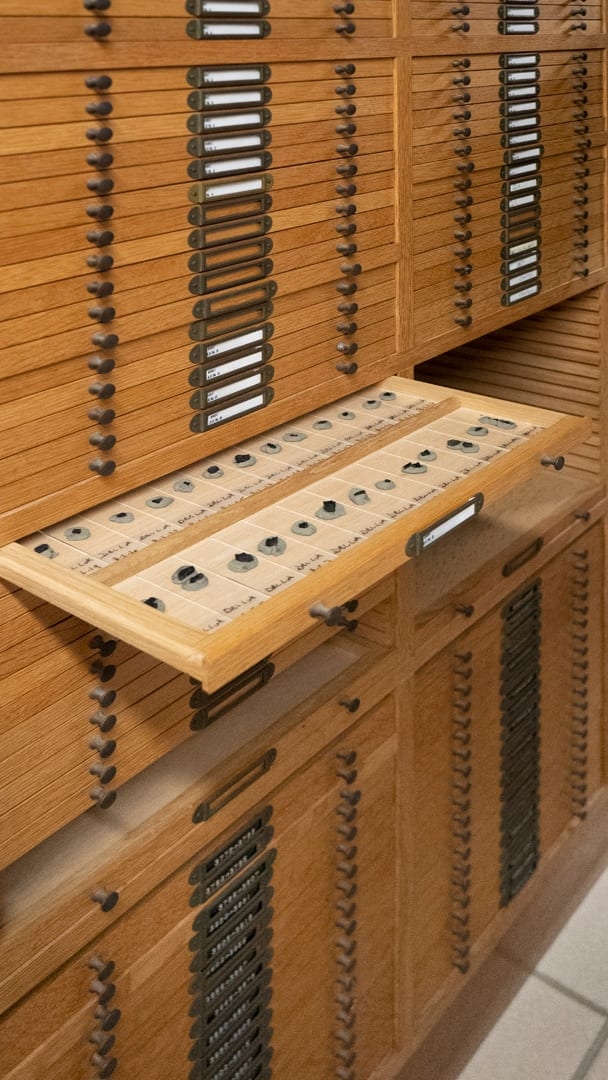
Formafantasma, Cambio – Serpentine Galleries, 2019. Royal Museum for Central Africa. Tervuren, Belgium. 2019.
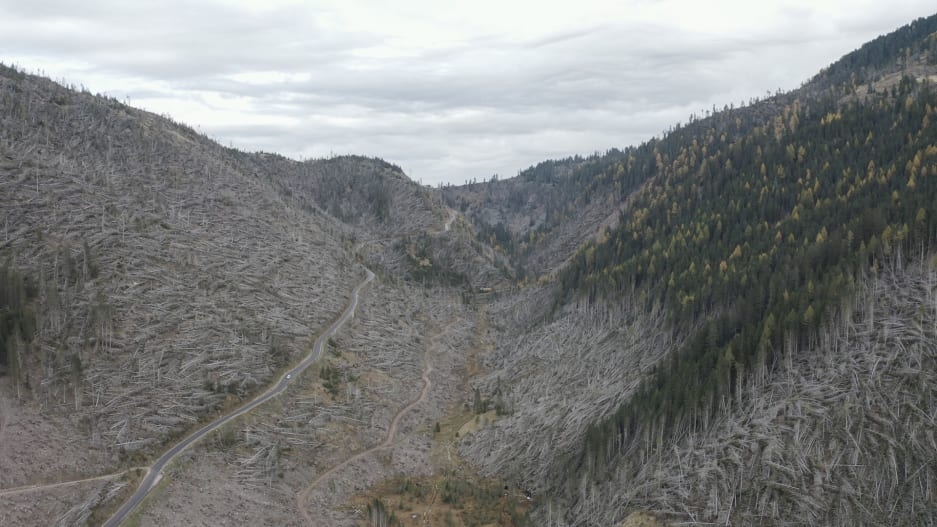
Formafantasma, Cambio – Serpentine Galleries, 2019. Val di Fiemme, Italy 2019.

Andrea Trimarchi and Simone Farresin
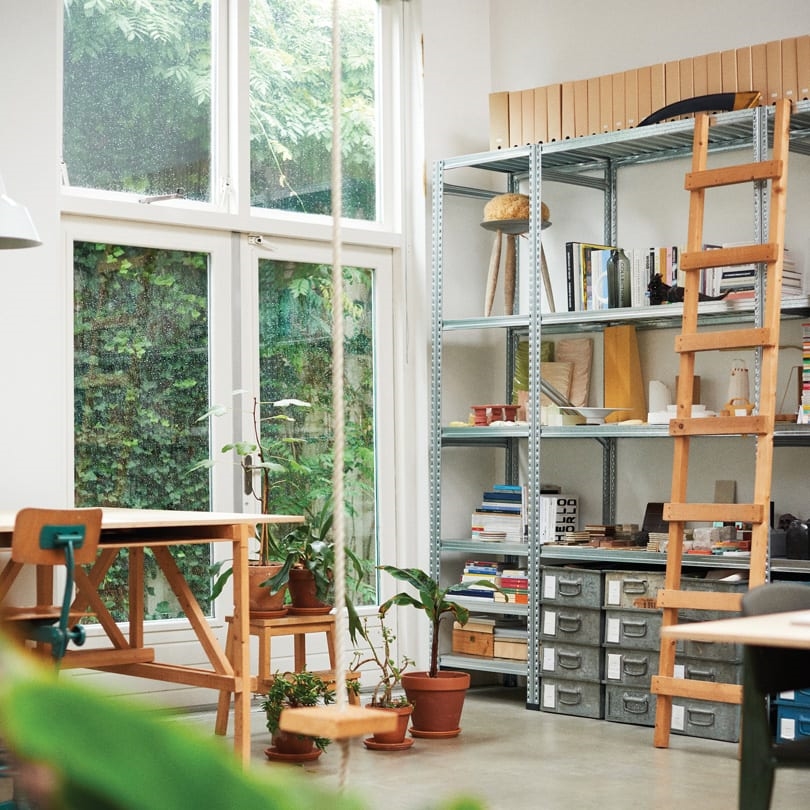
[Photo: Renee de Groot/courtesy Serpentine Galleries]
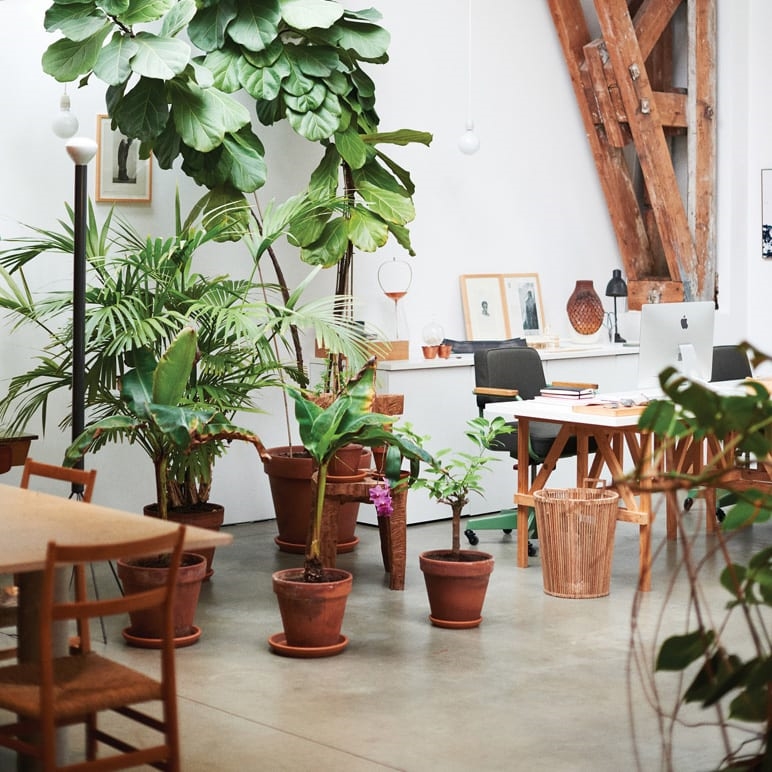
[Photo: Renee de Groot/courtesy Serpentine Galleries]
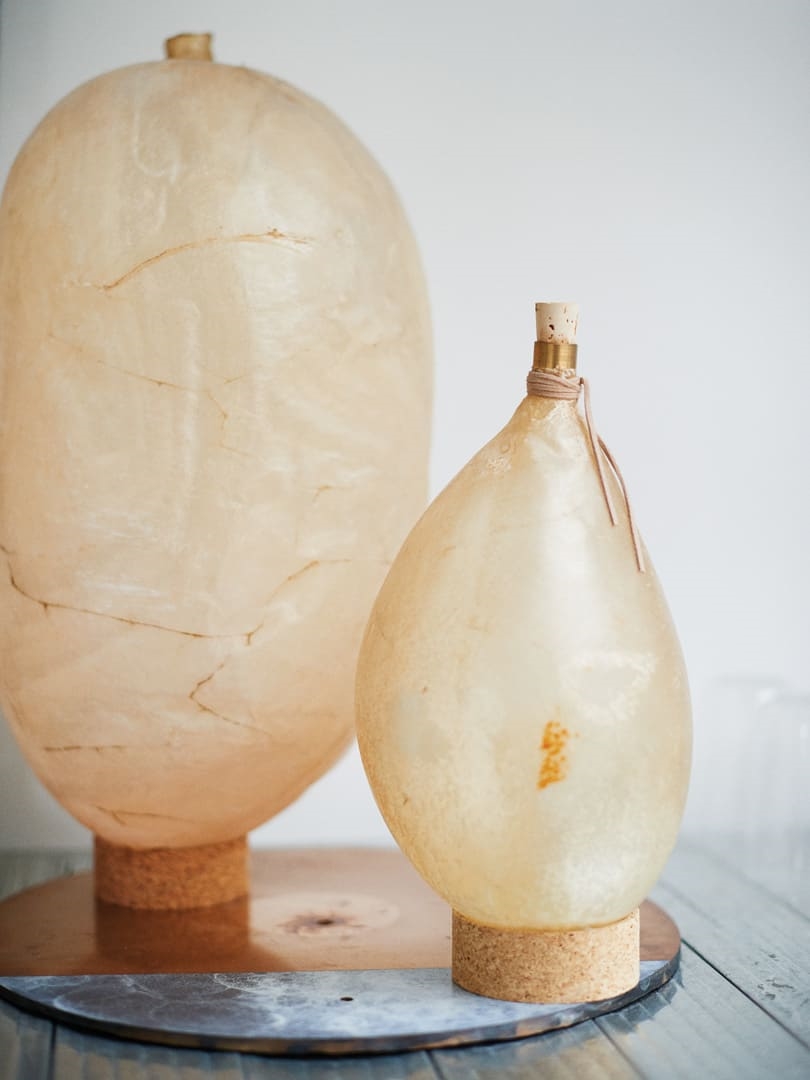
[Photo: Renee de Groot/courtesy Serpentine Galleries]

[Photo: Renee de Groot/courtesy Serpentine Galleries]
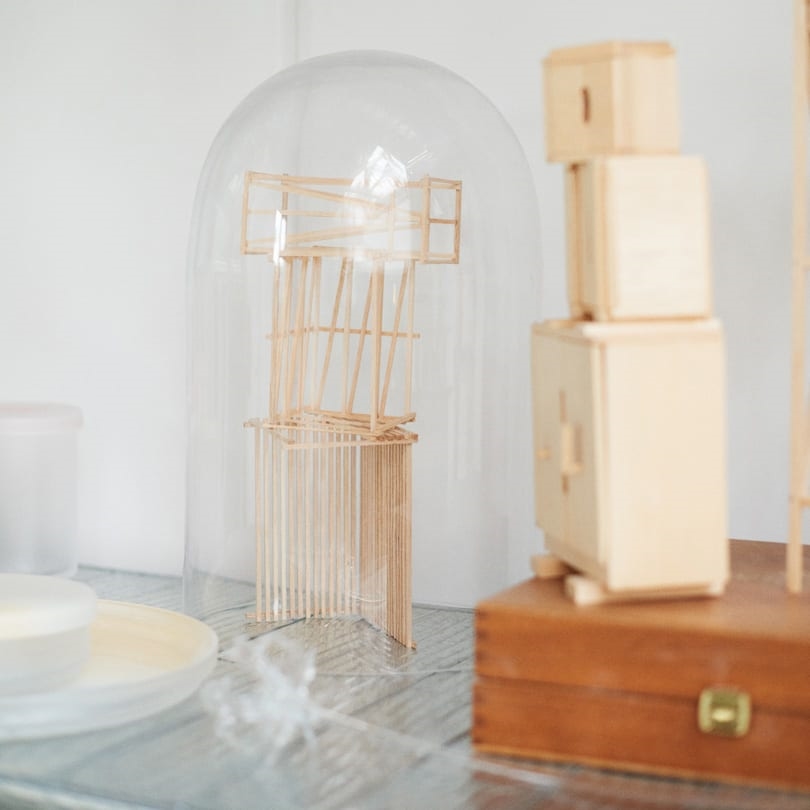
[Photo: Renee de Groot/courtesy Serpentine Galleries]
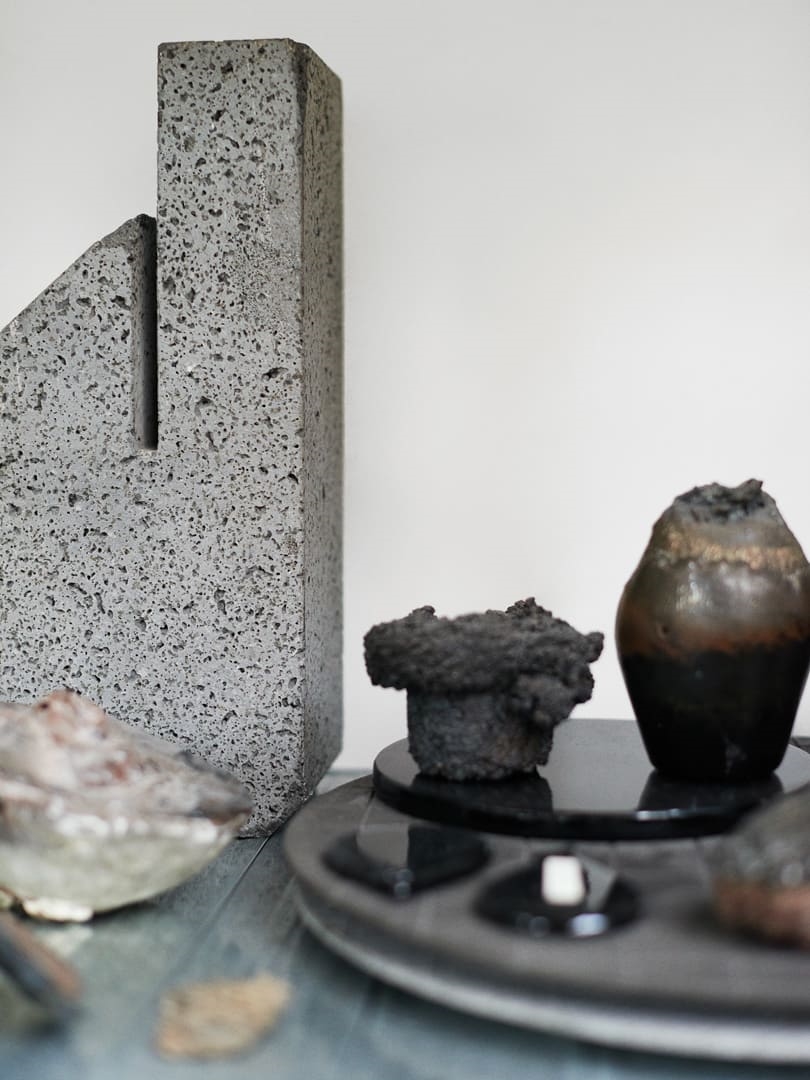
[Photo: Renee de Groot/courtesy Serpentine Galleries]
(6)


